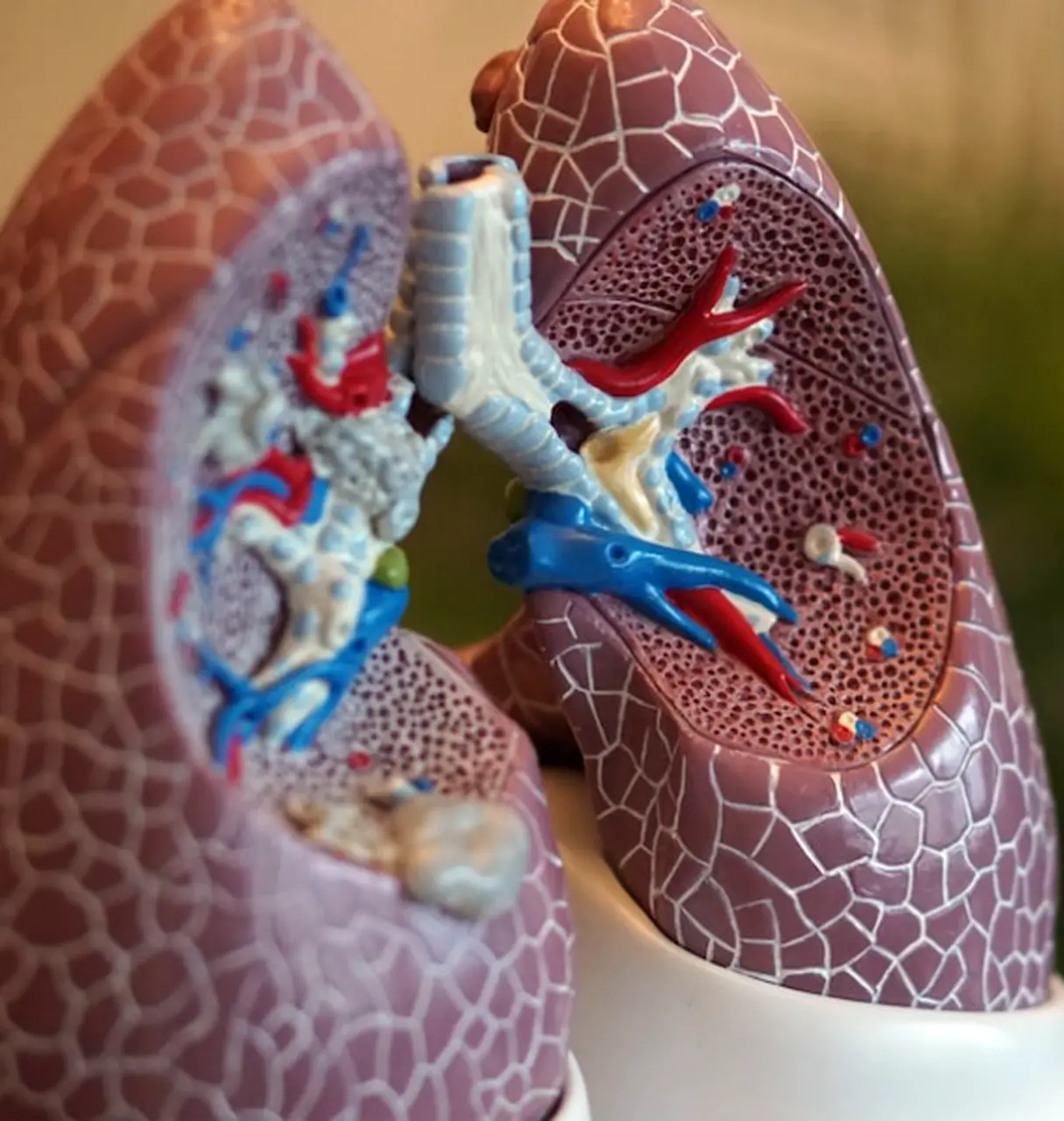Patients & Caregivers
Treatment of Conditions


Cardiovascular
Our first device is designed for the prevention of acute Congestive Heart Failure and involves a non-invasive use of bioimpedance to measure Zo (flow) and the timing - window for evaluation of each cardiac cycle. The current configuration of this device is not yet 510k approved.
Pulmonary
Our patented techniques to measure flow have applicability to pulmonary conditions. Accordingly, we plan to conduct research and develop products to assist in the diagnosis of pulmonary conditions.

Health Topics

Cerebrovascular Diseases

Congestive Heart Failure

Coronary Heart Disease

Deep Vein Thrombosis

Hyperlipidemia

Hypertension
